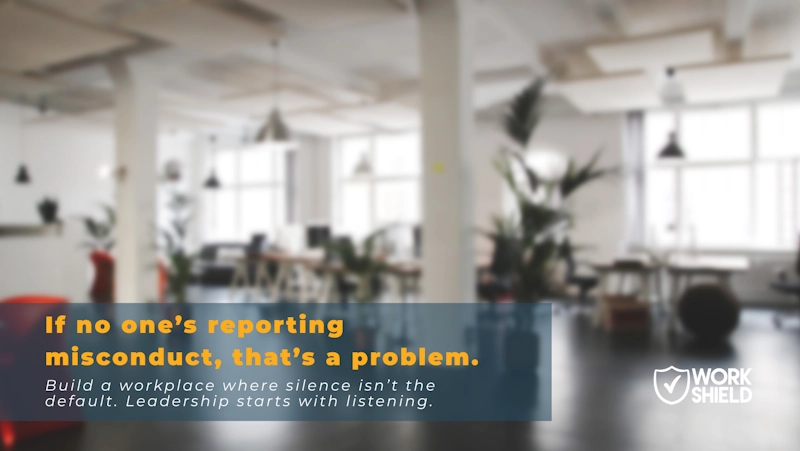The human resources profession has evolved over the years. From the days of stuffing folders with employee documents and storing them in filing cabinets to digitizing everything from time-off requests to annual review forms, times have certainly changed. Technology impacts the workplace, and the right tools have the power to support all employees with more efficient processes that benefit the employer-employee relationship. While digital tech enhances the workplace in many ways, here are three key areas of HR that thrive through the power of technology.
Technology to support employees’ mental health. A survey by Modern Health found that a third of workers said they were considering changing companies for the sake of their mental health. Burnout was cited as a key challenge for employers trying to retain talent, and studies show that women were particularly impacted with 42% reporting they are often or almost always burned out. The good news is that there are digital programs to support employees’ mental health and wellbeing. E-health interventions like cognitive-behavioral therapy via video and apps to treat depression and anxiety have been proven to help employees’ mental health and effectiveness. In addition, employers can implement a well-being strategy through innovative physiological data collection via wearables and apps that track employees’ heart rate and emotional state to alert them when it’s time to recharge, thus avoiding the risk of burnout.
Technology to create a healthy workplace culture. If the major shifts in workplace trends since the beginning of the pandemic have taught us anything, it’s that workplace culture matters. According to research, a toxic workplace culture is the strongest predictor of industry-adjusted attrition and is 10 times more important than compensation in predicting employee turnover. With the strong, and much needed, emphasis on culture, it’s important to utilize technology to drive this priority. For example, collaboration tools like Zoom and chat software allow for deeper team engagement and connection for decentralized teams. In fact, 76% of workers say that an organization’s collaboration style is a direct reflection of the culture. Also, one in four employees state that collaboration tools provide more direct access to senior leadership. This transparency and open line of communication made possible by tech tools should certainly be weaved into employers’ culture strategies.
Technology to ensure all voices are heard. It’s crucial that employees feel valued and are heard by leadership. Open door policies are simply not enough, especially in a world of hybrid and remote work settings. That data proves that employees who know they are heard are more engaged and productive, with 74% of workers reporting that they are more effective at their job when they feel heard. At Work Shield, our cutting-edge technology solution is the only comprehensive misconduct solution that helps all employees have a voice and be heard. With the secure Work Shield Portal, mobile-friendly reporting, immediate notifications and the ability to upload documentation, our team is able to provide objective resolutions with our special blend of humans and technology.
With technology to encourage employees’ wellbeing, tools to enhance workplace culture and digital tech to create a safe space for all employees’ voices to be heard, there are many ways that HR tech tools benefit and advance workplace relationships. Work Shield not only cultivates workplaces where employees are heard, but through technology services, we are able to streamline the process of managing workplace incidents from start to finish, quickly and fairly.





